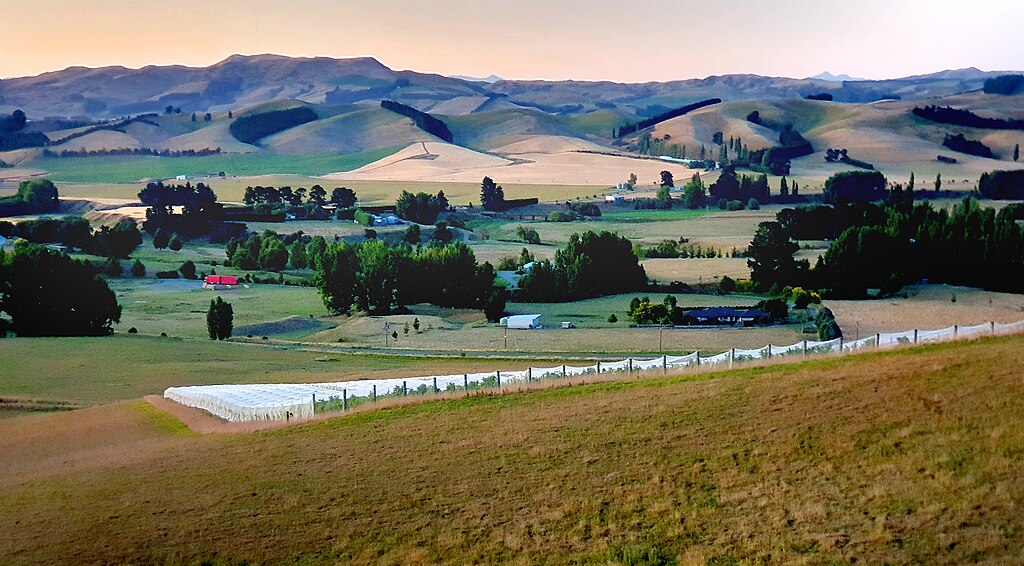Nestled amidst the lush greenery of Christchurch, The Garden Hotel Restaurant stands as a beacon of culinary excellence, offering diners a delightful fusion of flavors, ambiance, and hospitality. With its serene surroundings, delectable cuisine, and attentive service, this hidden gem has earned a reputation as a must-visit destination for locals and travelers alike.
Ambiance
Step through the doors of The Garden Hotel Restaurant and enter a world of tranquility and elegance. Surrounded by verdant gardens, blooming flowers, and towering trees, the restaurant provides a serene oasis where guests can escape the hustle and bustle of city life and unwind in a peaceful setting. Whether you’re dining indoors surrounded by warm, inviting decor or al fresco on the charming garden terrace, every corner of the restaurant exudes a sense of relaxation and refinement.
Cuisine
At the heart of The Garden Hotel Restaurant lies its exquisite cuisine, crafted with passion, creativity, and the finest local ingredients. The menu showcases a diverse array of dishes, from succulent seafood and tender meats to vibrant salads and decadent desserts. Drawing inspiration from both international flavors and local culinary traditions, each dish is expertly prepared to tantalize the taste buds and satisfy the senses. Whether you’re craving a hearty meal or a light bite, the restaurant’s menu offers something to suit every palate and preference.
Signature Dishes
Indulge in the restaurant’s signature dishes, each meticulously crafted to showcase the best of Canterbury’s seasonal produce and culinary expertise. Start your culinary journey with the exquisite Garden Hotel Seafood Platter, featuring a sumptuous selection of freshly shucked oysters, succulent prawns, and delicate smoked salmon. For mains, savor the mouthwatering Canterbury Lamb Rack, perfectly cooked to tender perfection and served with rosemary jus and seasonal vegetables. Round off your meal with the decadent Chocolate Fondant, a rich and velvety delight that promises to satisfy even the most discerning sweet tooth.
Service
At The Garden Hotel Restaurant, exceptional service is more than just a standard—it’s a commitment to ensuring that every guest’s dining experience is nothing short of perfection. From the warm welcome upon arrival to the attentive care throughout the meal, the restaurant’s dedicated team of staff goes above and beyond to cater to the needs and preferences of each diner. Whether you’re celebrating a special occasion, hosting a private event, or simply enjoying a leisurely meal with loved ones, you can expect nothing less than impeccable service and hospitality at every turn.
Conclusion
For those seeking an unforgettable dining experience in Christchurch, look no further than The Garden Hotel Restaurant. With its idyllic setting, tantalizing cuisine, and impeccable service, this culinary oasis invites guests to savor the best of Canterbury’s flavors in a setting of unparalleled beauty and elegance. Whether you’re a local resident or a traveler passing through, a visit to The Garden Hotel Restaurant promises to be a feast for the senses and a memorable culinary journey that will leave you craving more.








